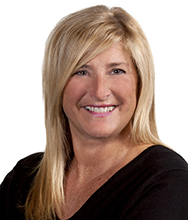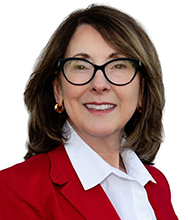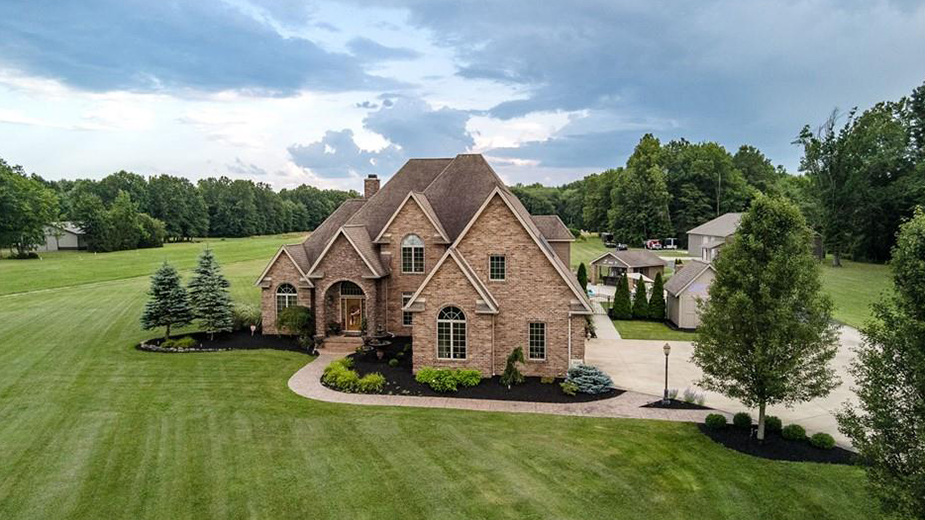YOUNGSTOWN, Ohio – Walking through a $1.2 million luxury brick house and property in Vienna, a buyer cannot help but notice all the amenities.
Highlights include dark hardwood floors and solid oak trim throughout the 5,700-square-foot, well maintained house. Granite countertops lie atop a large island and custom cherry cabinetry is throughout the kitchen, which features high-end appliances and a farmhouse copper sink.
A two-story stone fireplace stretches floor to ceiling with plenty of natural light flowing through large windows. Those windows offer views of the pool with a custom waterslide, a concrete patio, a bathhouse, another 3,700-square-foot outbuilding with two 14-foot doors and a 40-foot hangar door and the majority of the property, which spans nearly nine acres.
Other amenities inside include a master bedroom suite with heated custom tile floors, a jetted tub and stand-up shower in the bathroom. The finished basement has a wet bar and all bedrooms have large walk-in closets. There’s a heated three-car garage and a long concrete driveway leads to the structure, which sits back from the road.

“Look what you get here,” says Marlin Palich, of Berkshire Hathaway HomeServices Stouffer Realty, as he shows the house. “You can see the square footage, the quality you get and the acreage.”
In the Mahoning Valley, luxury homes and high-end properties feature top-of-the-line appliances, granite or quartz countertops, plush landscaping and they’re move-in ready. These are not handyman specials.
“When you are buying a $500,000 home and you are putting $100,000 down to avoid PMI [private mortgage insurance], you don’t want to paint and you don’t want to spend a dime to put in new carpeting,” says Holly Ritchie, real estate agent at Keller Williams Chervenic. She adds that those paying top dollar do not want to have to fix anyone else’s problems like an old furnace, air conditioning, aging roof or a room painted in a non-neutral color.
Ritchie identifies neighborhoods where you can find luxury houses in the Mahoning Valley. Among them are Westford, near the Kensington Golf Course, Timber Run, Villa Rosa and Covington in Canfield, Howland’s Bay Hill area around the Avalon Golf Course, Poland’s Tuscany Estates and Founder’s Glen and Boardman’s Park Harbour.
Michael Stevens, co-owner and real estate agent at Coldwell Banker EvenBay, says he recently talked to someone with a $1.7 million house.
“We’re still in a very strong real estate market. Just in general, the market is moving very, very well,” Stevens says. “Luxury homes in our area compared to luxury homes in other areas are two different monsters. It’s not like our area is robust in luxury homes.”

Here there are more higher-level houses that would cost $450,000 to $500,000, compared to $1 million or more elsewhere, Stevens notes.
According to the National Association of Realtors, as of February, the median sales price of an existing home was climbing throughout the United States, including in the Midwest. Across the U.S., the median price was $384,500, up from $363,600. In the Midwest, that price was $277,600, up from $260,000.
But in the West, the median price was twice the median price here, $593,000, up from $543,700 a year before.
Palich points out you can sell a two-bedroom ranch house in California for $1 million, and you can buy a luxury house here with all the amenities for $1 million.
He recently sold two luxury houses in Salem to people from California. Internet listings provide information and allowed them to thoroughly research where they wanted to live. Palich says those buyers loved what they saw, a location relatively close to Cleveland and Pittsburgh and affordable houses with high-end amenities.
“You get a lot of bang for your buck,” Palich says, adding here a 3,000- to 4,000-square-foot house costs much less than one in California or Washington, D.C. “Here you can have it all. I love that about this area. It’s affordable. It’s close to great hospitals, airports and it’s a great retirement area.”
Palich, who has 46 years of selling real estate in the Mahoning Valley and sits on the Ohio Real Estate Commission, reports the market for $400,000 to $600,000 houses in this area remains strong. There is a need for more inventory, including upscale villas, planned unit developments and condominiums.
Marisa Volpini, owner of Volpini Realty, points out most of the area’s luxury houses lie near a lake, a country club or near restaurants and highways. A dated house may sit on the market but the newer ones, even those smaller houses that have risen in price 40% in the last five years, sell more quickly, she says.
At $1 million or higher, the market is a little bit slower. Those are typically single-family houses, custom built, perhaps with custom features like the wine cellar in the house in Vienna.
Pandemic Effect
During Covid, high-end residences went on the market and nine out of 10 sold immediately for $20,000 or $30,000 over asking price. People waited in line for showings.

While no longer the case, Ritchie says that does not mean the market is bad. It’s just back to normal, which is four to six months for a listing.
During the pandemic, she points out, students stayed home from school and younger adults returned to their parents’ homes as many service industry jobs disappeared. Some jobs have not returned to where they were before. And stores and restaurants close earlier than before the pandemic, she explains.
In addition, people fled larger cities in states that kept them locked down for smaller cities, towns and rural life and to the Mahoning Valley.
Financially, people had extra money, the ability to furlough their mortgages and options to borrow from their 401(k)s and to replenish them after they sold their homes, Ritchie says.
Families needed larger houses where each member had his space. Even the larger, luxury houses sold quickly.
Multigenerational families is a rising trend in luxury houses, according to Volpini. She recently sold a house in Tuscany Estates in Poland that fits that bill and has a similar listing for a property on North Lima Road.
A family might be buying a house large enough that elderly parents can also move in. Parents, who are retiring earlier than usual, might have the money for the down payment, while their working children can afford the payments. The parents can then care for their grandchildren.
In these cases, Volpini points out, families are looking for a house large enough for everyone to have their own spaces and with common areas as well.
“It’s a win-win situation and it takes a lot of stress off the younger couples with their younger families,” Volpini says.

It is a trend she says that’s popular in South Carolina and she sees it growing here as younger families struggle in this market to save for a competitive down payment while they pay higher rents.
According to the report last month from the Institute for Luxury Home Marketing, growth is expected in
multigenerational homes throughout the country, including new houses with multiple master suites built specifically for such families as well as separate living spaces and even additional houses on the same property.
Interest Rates
While interest rates have doubled in less than two years, local real estate agents remember a time when rates were 17% or even 20%, much higher than today.
Interest rates are hovering at 7% to 8% today, which is high, but not historically so.
Stevens sees interest rates beginning to “normalize” right now for many in the market but the higher rates are still affecting sales of the high-end homes.
“Somebody who is in the luxury home market – obviously they are going to get pinched and squeezed more than somebody who is paying the average sales price,” Stevens says.
He adds that buyers of median-priced houses may be more willing to accept the new normal in interest rates. “Maybe somebody who is in the luxury home market, they don’t have to move. It is more of a conscious decision and they are not in a must-purchase situation. So maybe they are pumping the brakes and watching the interest rates.”
On the other hand, Stevens points to the rising amount of equity people have been able to build as prices have risen and the average person has been in the same home longer. That equity may make it a better time for them to finally sell.
Ultimately, Stevens believes the price point will be affected by higher interest rates while the supply and demand issues will also come into play. Average and lower priced houses will continue to do well because of affordability, but higher-end sales could be hurt by less demand.
Volpini says a continuing trend is the lack of new inventory here.
New construction has not recovered in the Mahoning Valley since the 2008 housing bust, Stevens agrees.
New construction began to gain a little momentum until it was stopped by Covid, then slowed by the high cost of materials. The cost per square foot to build new houses, even here in the Mahoning Valley, is increasing.
“The market has evolved into what we thought was $500,000 to $600,000 that would be a luxury, high-end home in our area not too long ago. Compared to now, that’s just a normal new construction price,” Stevens says. “They’re nice homes, but I don’t know if I would say luxury.”
With the push to bring people back to Trumbull and Mahoning counties, including young executives, there will be a need for these $500,000 houses, as well as luxury homes, according to Stevens.
But even if prices are rising, Volpini says there will continue to be a market for luxury homes.
“People who have money – they’re going to pay for what they want,” Volpini says.
Pictured at top: This luxury house and property on Smith Stewart Road in Vienna is listed at nearly $1.2 million.
